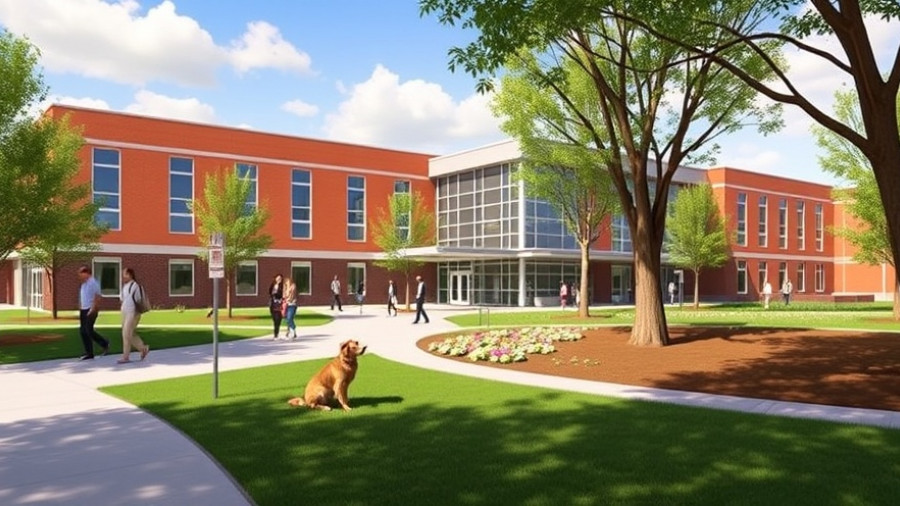
Understanding the Push for Prayer in South Carolina Schools
In South Carolina, a new bill is making waves as it aims to reinstate organized prayer in public schools. Advocates for the bill argue that bringing prayer back is essential for fostering moral values among students and strengthening community bonds. They believe that reintroducing prayer into schools aligns with the nation's historical roots, where religion played a significant role in the fabric of education.
The Legal Landscape of School Prayer
The conversation around school prayer is not new; it follows decades of Supreme Court rulings that separate church and state in educational settings. Many worry that reinstating prayer could lead to legal challenges based on the First Amendment. However, proponents maintain that voluntary, non-denominational prayer does not infringe on religious freedoms, rather it enhances the spiritual growth of young learners.
Community Response and Concerns
As the bill gains traction, it sparks varied responses across communities. Supporters express enthusiasm, viewing it as a return to traditional values. In contrast, opponents voice concerns over inclusivity and the potential marginalization of non-religious students or those from different faiths. This ongoing debate reflects wider societal tensions regarding religious expression and its place in educational institutions.
Potential Implications for Educational Environments
If passed, this bill could change not just the landscape of South Carolina's schools, but also set a precedent for similar movements across the United States. Understanding this shift is critical for students, educators, and parents as it could affect school dynamics, student interactions, and the overall environment within educational spaces.
What’s Next?
As discussions surrounding the bill continue, community meetings and public forums are expected to take place, allowing citizens to voice their views. Engaging in this dialogue will be crucial for those wishing to influence the outcome, ensuring that diverse perspectives are considered in the decision-making process.
 Add Row
Add Row  Add
Add 




Write A Comment